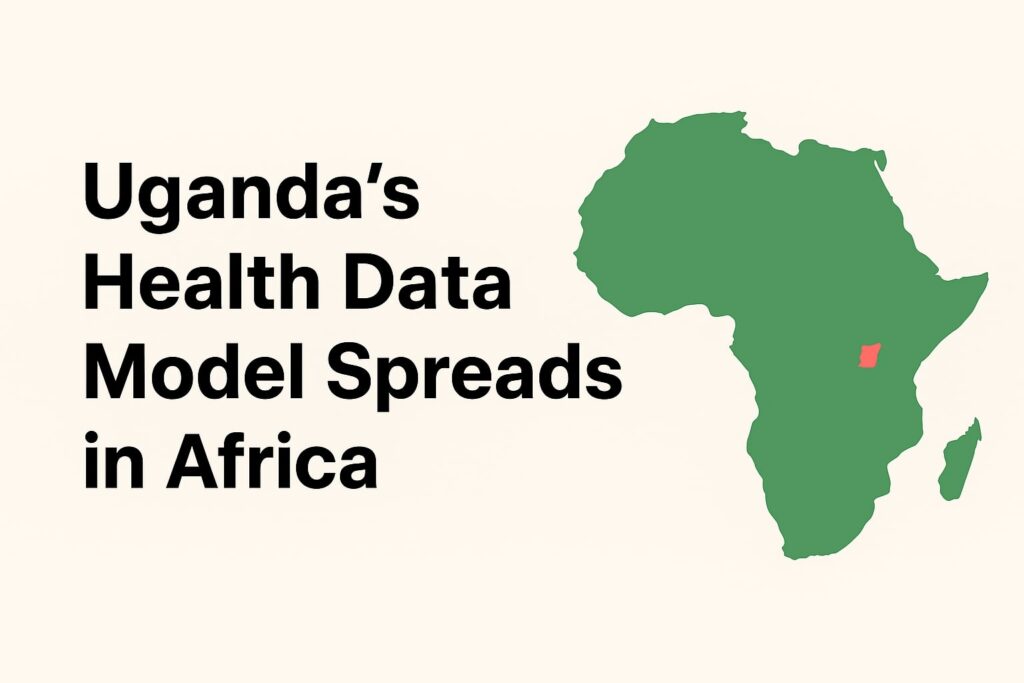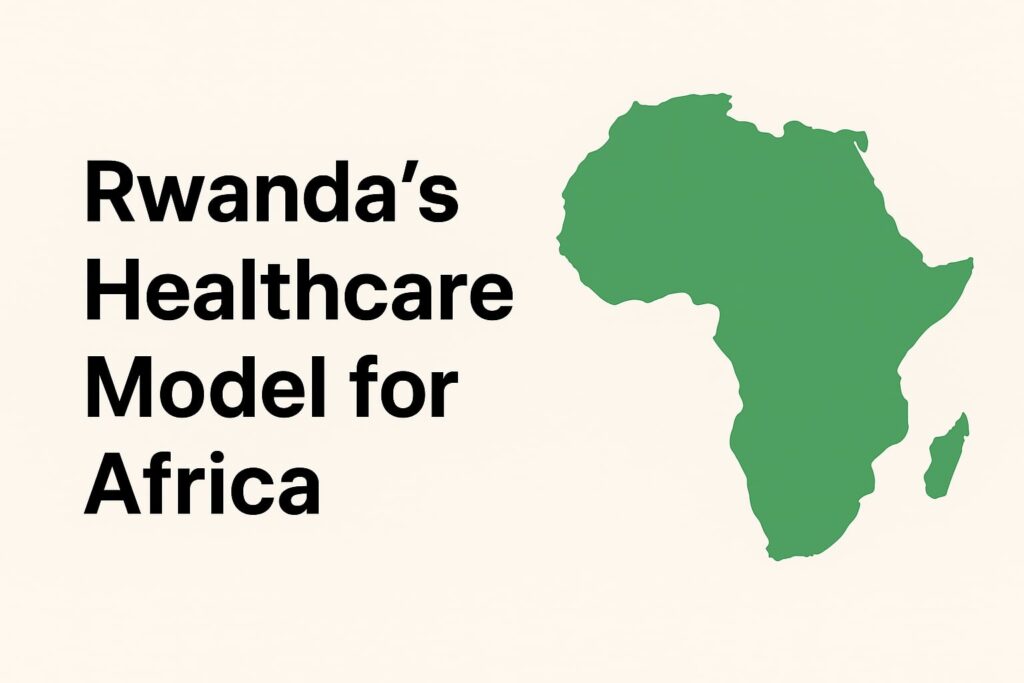Top Health Tech Trends in Kenya, Tanzania & Zambia 2025
Health Tech Trends in Kenya, Tanzania & Zambia 2025 Healthcare in Africa is undergoing a rapid digital transformation, driven by innovation, necessity, and global collaboration. Kenya, Tanzania, and Zambia are at the forefront of adopting modern health tech solutions to improve patient care, expand access to remote communities, and strengthen public health systems. With growing investments, government support, and private sector initiatives, 2025 is set to mark a significant leap in digital healthcare for these East and Southern African nations. This article explores the top health tech trends in Kenya, Tanzania, and Zambia in 2025, highlighting how technology is revolutionizing healthcare delivery, affordability, and accessibility. 1. Telemedicine Becomes Mainstream Telemedicine has rapidly grown in East Africa, especially after the COVID-19 pandemic. In 2025, virtual consultations, online prescriptions, and remote monitoring are becoming a standard part of healthcare delivery. Patients in rural Kenya, Tanzania, and Zambia now have access to specialized doctors without traveling long distances. Platforms are integrating AI-driven chatbots to provide initial screenings, making healthcare more accessible and affordable. With rising smartphone penetration and better internet infrastructure, telemedicine will only continue to expand. 2. AI & Machine Learning in Diagnostics Artificial Intelligence (AI) is transforming diagnostics in Africa. From early cancer detection to predicting outbreaks like cholera and malaria, AI-powered tools are saving lives. In Kenya and Tanzania, AI is being used for imaging analysis in radiology and pathology, while in Zambia, it supports tracking public health data. AI helps reduce diagnostic errors and provides quick results, which is especially valuable in regions with a shortage of specialists. 3. Digital Health Records & Data Integration Electronic Medical Records (EMRs) are becoming the backbone of healthcare systems in 2025. Hospitals and clinics in Nairobi, Dar es Salaam, and Lusaka are adopting digital records to improve patient management and reduce paperwork. Integrated health data systems also allow governments to monitor disease trends and make faster decisions during outbreaks. Digital health records ensure patients get consistent, high-quality care across facilities. 4. Medical Tourism Growth in East Africa Kenya, Tanzania, and Zambia are becoming hotspots for medical tourism. With affordable treatments, world-class facilities, and international partnerships, more patients from Africa and beyond are traveling to these countries for healthcare. Medicity plays a leading role here, connecting global patients with the best hospitals, doctors, and treatment plans in East Africa. From advanced surgeries to wellness treatments, Medicity is positioning East Africa as a global medical destination. 5. Wearable Health Tech & Remote Monitoring Wearable devices such as smartwatches, glucose monitors, and heart-rate trackers are gaining popularity in East Africa. In 2025, these devices are being used to monitor chronic conditions like diabetes and hypertension. For rural populations, wearable tech helps doctors remotely track patient progress and provide timely interventions, reducing the need for frequent hospital visits. 6. mHealth Apps & Health Education Mobile health (mHealth) apps are empowering citizens with knowledge and healthcare tools at their fingertips. From maternal health apps in Tanzania to vaccination reminders in Kenya, mobile apps are improving preventive care. In Zambia, mobile platforms are also being used to spread awareness about water-borne diseases and hygiene practices, helping communities stay safe and informed. 7. Biotechnology & Vaccine Research The COVID-19 pandemic pushed East Africa to invest more in vaccine and drug research. In 2025, biotechnology hubs in Kenya and Tanzania are collaborating with global organizations to produce affordable vaccines locally. This not only reduces dependency on imports but also makes life-saving vaccines more accessible across the continent. 8. Digital Payments & Health Insurance Access One of the biggest barriers to healthcare in Africa has been affordability. Digital fintech solutions are helping solve this problem by introducing mobile-based health insurance and digital payment models. In Kenya, platforms like M-Pesa Health are providing micro-insurance for low-income families. Similar innovations are emerging in Tanzania and Zambia, allowing more people to access quality healthcare without financial strain. 9. Smart Hospitals & Robotics Hospitals in Nairobi and Dar es Salaam are beginning to embrace automation, robotics-assisted surgeries, and smart technologies. From AI-powered hospital management systems to robotic surgery aids, East Africa is slowly moving toward futuristic healthcare systems. Though still in early stages, these innovations are expected to grow rapidly in the coming years. 10. Global Collaborations & Partnerships International partnerships are playing a crucial role in healthcare transformation in East Africa. Global NGOs, private companies, and local startups are joining forces to strengthen healthcare infrastructure, provide training, and bring advanced technology. Medicity, through its global network, connects patients from Kenya, Tanzania, and Zambia with top healthcare providers across the world, ensuring quality treatments at affordable costs. Top Health Tech Companies in Kenya, Tanzania & Zambia (2025) Conclusion Kenya, Tanzania, and Zambia are at the forefront of healthcare transformation in Africa. With telemedicine, AI diagnostics, wearable devices, and medical tourism, 2025 promises better accessibility, affordability, and outcomes for millions of people. Medicity stands out as a leader in digital innovation and global healthcare connections, playing a vital role in shaping East Africa’s health tech future. With the right policies, investments, and global partnerships, the region can become a benchmark for healthcare innovation across the continent.






